6 March 1967 Station closed Platforms in use 2 | 1 August 1862 Station opened | |
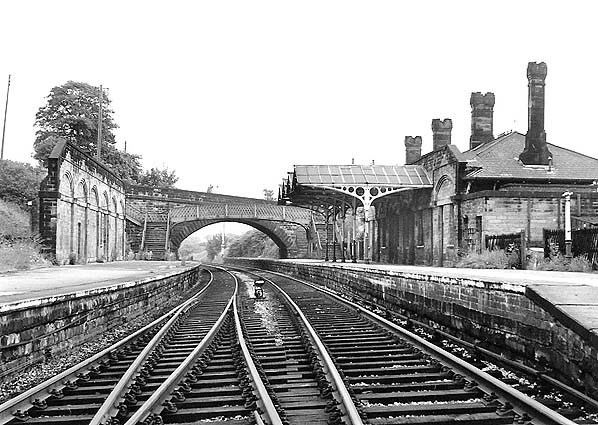 | ||
Post-grouping London Midland and Scottish Railway Similar Great Longstone for Ashfor, Hassop railway station, Arkwright Town railway st, Heanor (MR) railway st, Heanor (GNR) railway st | ||
Bakewell railway station was a railway station built to serve the town of Bakewell in Derbyshire, England by the Midland Railway on its extension of the Manchester, Buxton, Matlock and Midland Junction Railway line from Rowsley to Buxton.
Contents
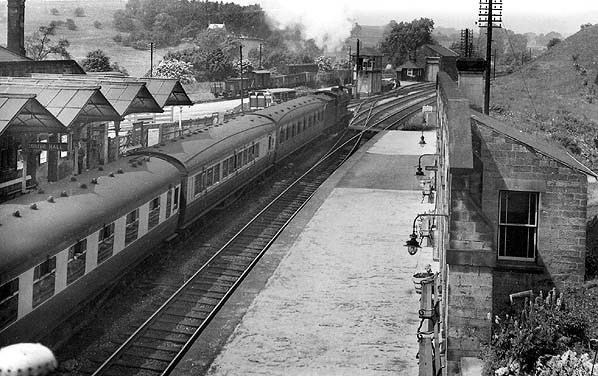
History
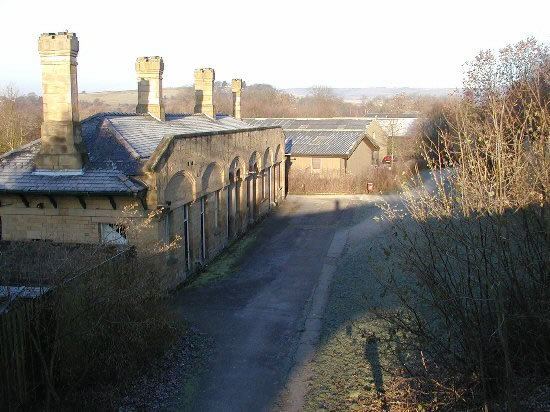
The station was opened by the Midland Railway on 1 August 1862. Being the nearest station to Haddon Hall it was built in a grand style as the local station for the Duke of Rutland over whose land the line had passed. Designed by Edward Walters of Manchester, the buildings were of fine ashlar with intricate carvings which incorporated the Duke's coat of arms.
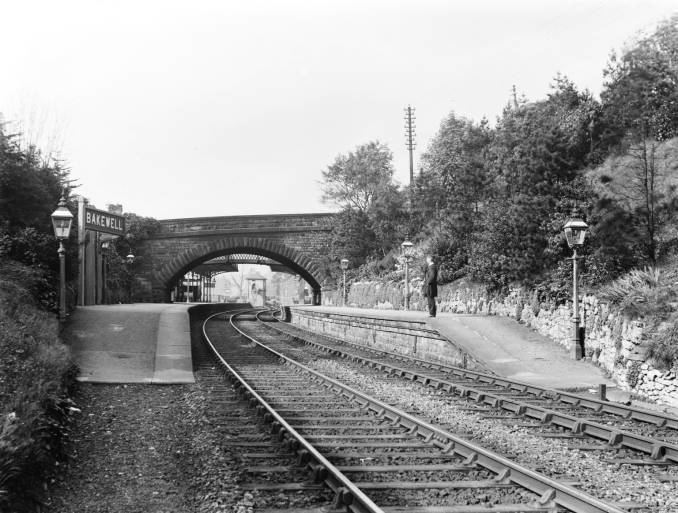
Since the line was climbing steeply towards its summit at Peak Forest, the station was located uphill about half a mile from the town, which became a disadvantage when road transport developed.
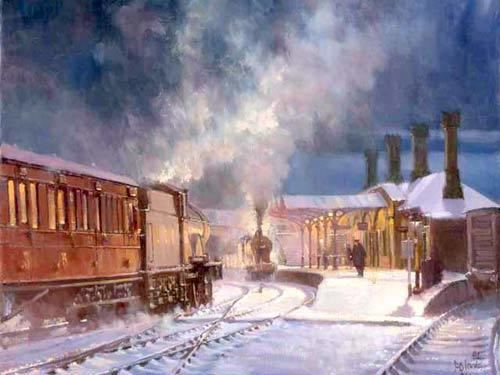
The most busy time was during the Bakewell Show but was also popular with campers and tourists. In later years it featured a camping coach in the siding.
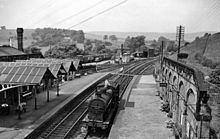
In the Grouping of all lines (into four main companies) in 1923 the station became part of the London, Midland and Scottish Railway .
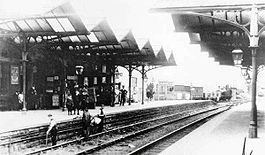
During the nationalisation of Britain's railways in 1948 the station was passed on to the London Midland Region of British Railways, and despite escaping the Beeching Axe the station was closed when passenger services ceased on 6 March 1967. Trains continued to pass through the station until 1968 when the line was closed.
After closure
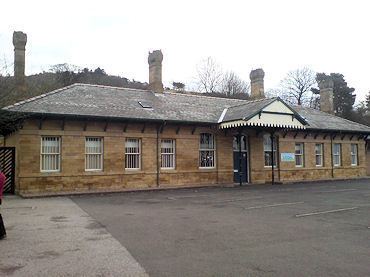
The station buildings still survive. They are perched half a mile east of the centre of Bakewell, high upon the hillside due to the alignment that the railway was forced to take.
In time the station was replaced with Bakewell industrial estate, the station building is still in use as a warehouse along with the platforms (but the gap between platforms have been filled in to facilitate the Monsal Trail).
Ridged canopies existed over the platforms, and a goods shed and cattle dock, all have since been removed.
